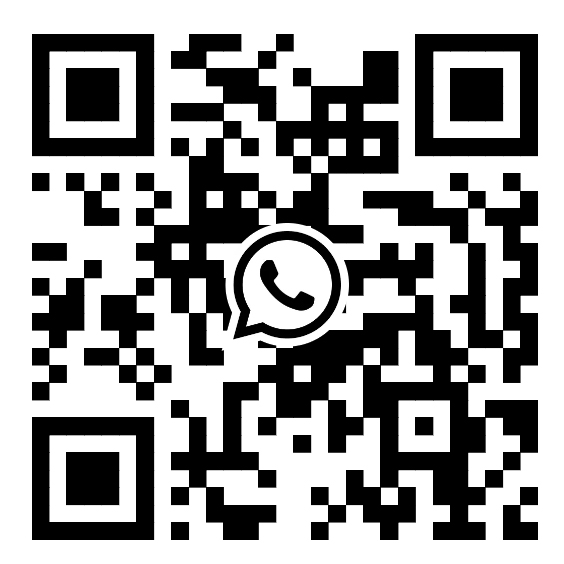In the printing industry, the self-test of the first printed piece is an important link to ensure the quality of printing, and the self-test of the first printed piece is a key link of quality control, which can find and correct potential problems in time to ensure the smooth progress of subsequent mass production. The following are the testing requirements and testing methods of the first printed self-test:
一、 Requirements for testing items
① Graphic content accuracy
Requirements: the text, pattern, logo and other contents on the printed matter must be completely consistent with the design draft or the sample provided by the customer, without mistakes, missing words, multiple words, ambiguity and other situations.
Importance: Ensure that the printed matter conveys the correct information, avoids the negative impact on the customer due to content errors, and also prevents the waste of time and cost due to rework.
② Color accuracy
Requirements: The color of the printed matter should be consistent with the standard color sample or the color specified by the customer, without obvious color difference. Bright colors, moderate saturation, distinct layers.
Importance: Color is an important visual element of printed matter, and accurate color can enhance the quality and attractiveness of printed matter, while also meeting customer requirements for brand image and product presentation.
③ Overprinting accuracy
Requirements: When multi-color printing, different colors of the text must be overprinted accurately, the error is within the allowable range. In general, the overprinting error of fine prints is not more than 0.1 mm, and the overprinting error of ordinary prints is not more than 0.2 mm.
Importance: Overprinting is not allowed to cause problems such as double shadow and blur in printed matter, affecting visual effect and product quality.
④ Clarity and resolution
Requirements: The printed text should be clear and recognizable, smooth lines, no jagged, fuzzy, broken lines and so on. The resolution of the image should meet the requirements of printing, rich in detail, and clearly layered.
Importance: Clarity and resolution directly affect the visual effects and readability of printed matter, and are particularly important for high-quality printed matter.
⑤ Ink adhesion
Requirements: The ink should be firmly attached to the substrate, without falling off, peeling, foaming and other phenomena. When using tape to paste the test, the ink should not be stuck off.
Importance: Poor ink adhesion will cause the printing ink to fall off during use, affecting the appearance and service life of the product.
⑥ Surface appearance quality
Requirements: The surface of the printed matter should be flat and smooth, without scratches, dirty spots, ink spots, wrinkles and other defects.
Importance: Surface quality directly affects the appearance and quality of the printed matter, and is crucial for high-end printed matter and products with high appearance requirements.
二、 detection methods
① Visual inspection
Methods: Under sufficient natural light or standard lighting conditions, the printed matter was compared with the design draft or standard color sample, and the content, color, overprinting accuracy, clarity and other aspects of the graphic were observed with the naked eye. At the same time, check the surface of the printed matter for scratches, dirty spots, ink spots and other defects.
Note: Visual inspection requires inspectors to have a certain amount of experience and professional knowledge, can accurately judge the quality of the printed steel. At the same time, pay attention to the observation Angle and distance to ensure the accuracy of the inspection results.
② Magnifying glass
Methods: Using a magnifying glass to check the graphic details of the printed matter, observe whether the lines are smooth, there is no jagged, fuzzy and so on. At the same time, overprint accuracy and ink adhesion can also be checked.
Note: Choose the appropriate multiple magnifying glass, generally speaking, 10 or 20 times magnifying glass can meet the inspection needs of most printed matter. During the inspection process, pay attention to the focusing and moving of the magnifying glass to ensure that every detail is checked.
③ Color difference meter detection
Methods: The color of printed matter was measured with the color difference meter, and the measured result was compared with the standard color sample to calculate the outstanding difference value. The color difference meter can accurately measure the Lab* value, color difference, brightness, saturation and other parameters of color, and provide scientific basis for color adjustment.
Note: Before using the color difference meter, it is necessary to calibrate the instrument to ensure the accuracy of the measurement results. At the same time, it is necessary to choose the appropriate measuring point and measurement Angle to reflect the overall color of the print.
④ Overprint gauge detection
Methods: The overprint accuracy of printed matter was tested by overprint gauge. Place the overprint gauge on the print, and observe whether the different colors of the text are within the allowable error range of the overprint gauge.
Note: The accuracy of the overprint gauge should meet the quality requirements of the printed matter, and it should be gently placed on the printed matter when used to avoid damage to the printed matter.
⑤ Tape paste test
Method: Paste the tape on the ink surface of the printed matter, then quickly tear off the tape and observe whether the ink is stuck off. If the ink is not glued off, it indicates that the ink adhesion is good; If the ink is glued off, it means that the ink adhesion is not good and needs to be adjusted.
Note: Choose tape with good quality and moderate viscosity to avoid using tape with too much viscosity or poor quality to affect the test results. When pasting and removing the tape, force it quickly and evenly to ensure the reliability of the test results.
⑥ Dimensional measurement
Methods: The size of the printed matter was measured with an accurate measuring tool or ruler. Record the measurement results and compare them with the dimensions of the design drawings.
Note: When measuring, multiple measuring points should be selected to reflect the size of the print. For larger size prints, tape measures can be used to assist measurement to ensure the accuracy of measurement results.


































































































 18915559236
18915559236 xcbxa@xcgs.com
xcbxa@xcgs.com